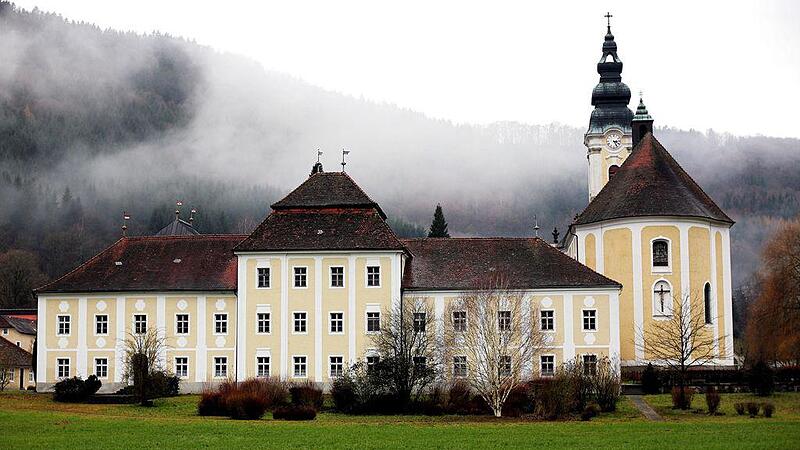Image: OON
Almost 100 years ago, in 1925, Trappist monks resettled the former Cistercian monastery in Engelszell on the Danube and brought it to a new bloom. For 100 years, the local religious have set significant accents in pastoral care and also for tourism. Due to a lack of young people and the age structure, the last four Trappist monks left the monastery in Upper Austria. The local religious communities announced this on Wednesday.
According to Kathpress, Abbot General Dom Bernardus Peeters wrote a personal letter to Bishop Manfred Scheuer and the Chairman of the Austrian Orders Conference, Archabbot Korbinian Birnbacher, in advance of the dissolution of Engelszell Abbey.
Birnbacher in a first statement: “I would like to thank the Trappist brothers for their work over the past 100 years. I would like to thank those responsible for the order for all their efforts and my appreciation for the clear decision, which was definitely not easy to make. I wish the monks all the best and God’s blessings for the future. The Austrian Orders’ Conference will continue to be happy to provide the Trappists with advice and assistance and will help where help is requested.”
As the Trappists themselves announced, a commission for Engelszell had been in action since autumn 2022. In April 2023, the unanimous decision was made to ask the order to close the monastery and to look for a new place to live for the brothers. The departure from the monastery will take place in the near future. There is no fixed date for this yet. According to the order, good solutions should also be found for the commercial enterprises and for the employees in the companies.
Since 1925 in the Innviertel
Since 1925, Trappists from Oelenberg in Alsace have lived in the vacant monastery buildings of Engelszell Abbey, where Cistercians lived from 1293 to 1786. In 1931 the monastery was raised to the status of an abbey, but was expropriated by National Socialism in 1939, and four monks died in the concentration camp. In 1945 the monks returned and continued to run the nursing home that had been set up in the monastery during the war years, later received a modern building near the monastery and is now run by Caritas.
The property, usually the economic basis of monasteries, is very modest in the case of Engelszell Abbey. A good part of the income comes from renting the building and tourism with the monastery shop. In addition to the traditional liqueur production, the small brewery that was newly built during Abbot Hauser’s tenure is important for the monastery’s economy. The Trappist beer quickly developed into a sought-after export hit.
Engelszell Abbey is the only German-speaking men’s monastery of the Trappist order, and for this very reason it was of great importance to the “Cistercians of the Strict Observance”, known as the Trappists.
Source: Nachrichten




